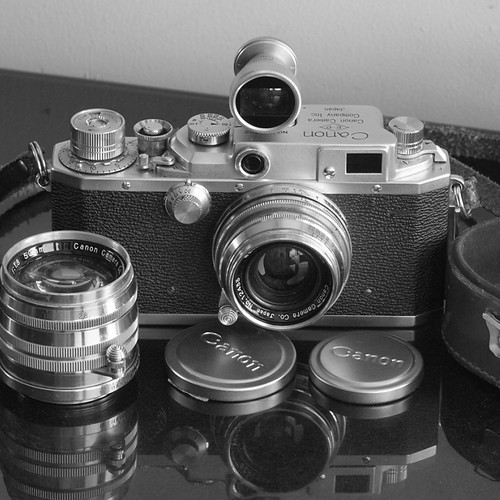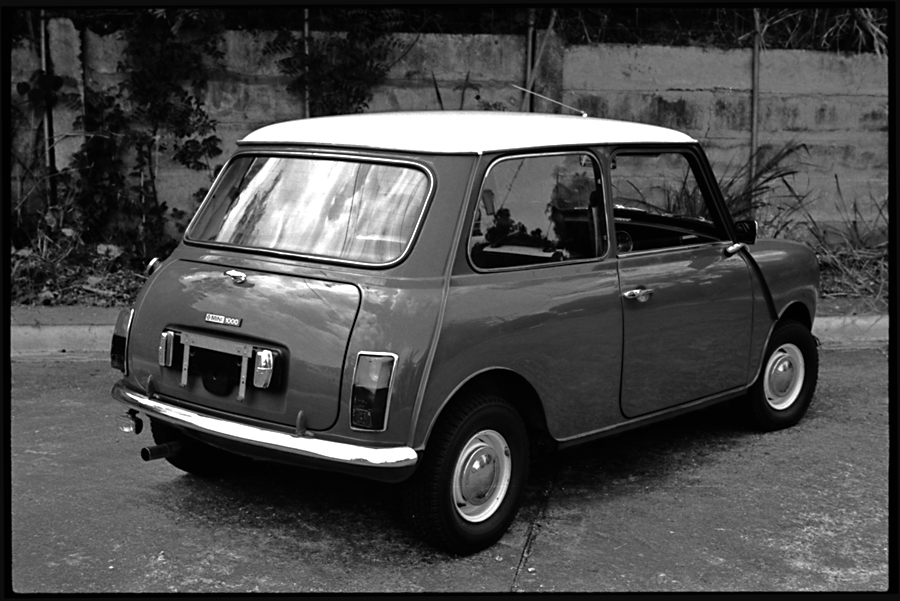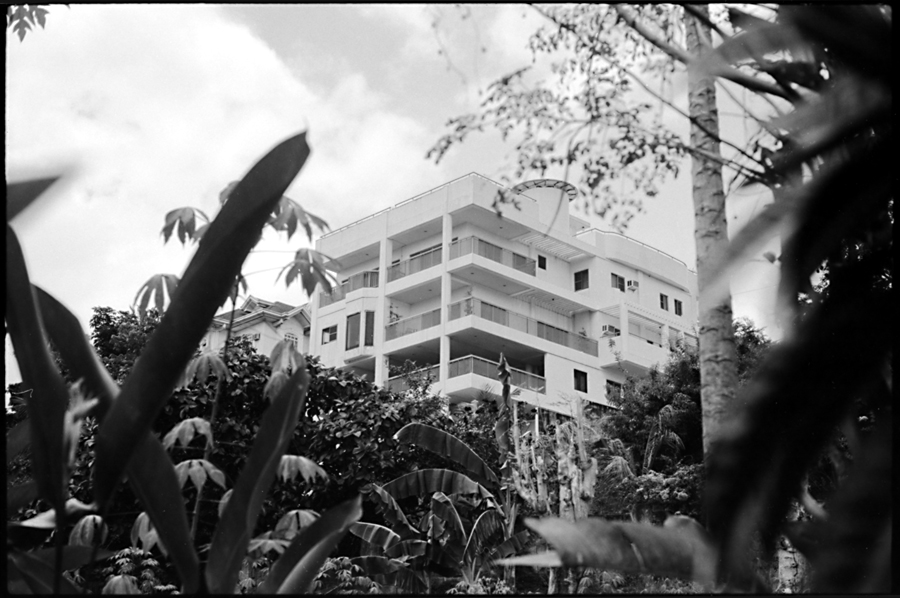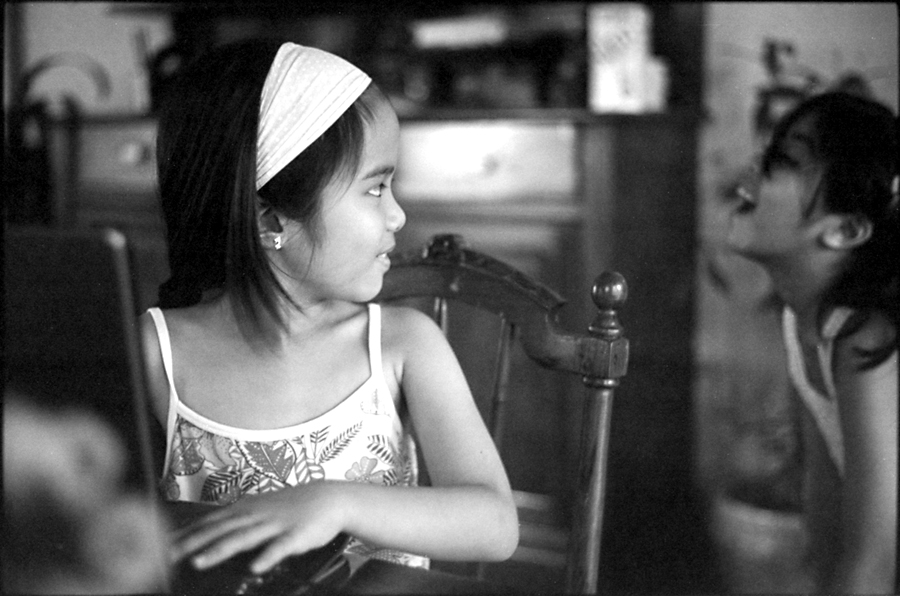B&W film processing kit
Changing bag, Paterson tanks, chemicals, timer, thermometer, graduated cylinders and running water from a kitchen or bathroom sink. If you decide to develop your own B&W film, this is a good place to start.
| Leica M6 + Canon Serenar 50/1.8 TX400/Diafine |
Diafine is an ideal developer for the tropics since it isn't very critical of temperature but also have Rodinal at hand when I want the look. I've also used Kodak D76 and Ilford DDX.
Film - Agfa APX 100, ERA 100, Foma 100, Fuji Acros 100, Neopan 400, Neopan 1600, Ilford Delta Pro 100 and HP5+, Kodak Plus X 125 and Tri X 400.
Negatives hang to dry before scanning...
This Canoscan 8400F flatbed scanner has given reliable service for more than 5 years. I use the Scangear software with all enhancement functions turned off...
...and do minimal post processing in Photoshop 7 - limited to procedures I learned in a traditional darkroom.
This was the darkroom I set up in my apartment in the USA.
Negatives and prints are inserted into Print File sleeves and stashed in binders.
| Canon P + W-Nikkor 35/2.5 Kodak TX400 in Rodinal 1+50 |
Years ago a photographer friend advised that I will learn a lot more about photography if I process my negatives and print them. He was right, I realized I was not born with a gifted eye...he he he! Nonetheless I still enjoy the whole process ;)













